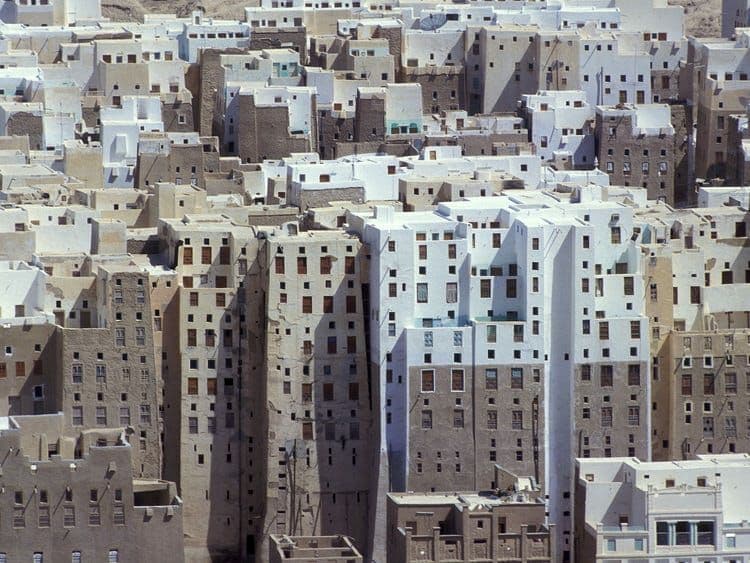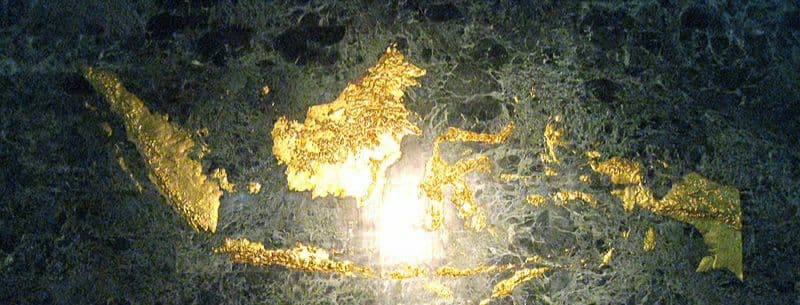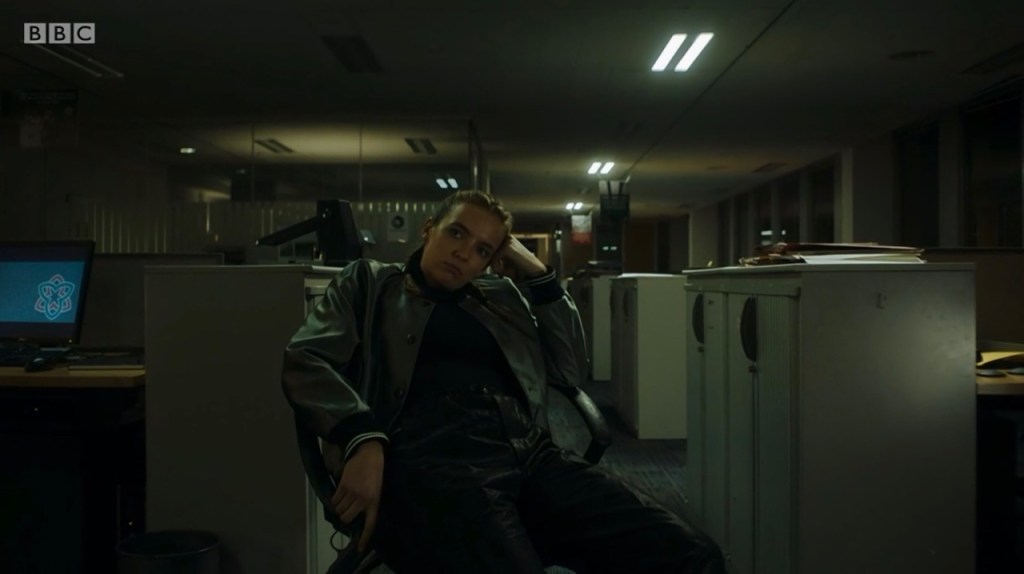
Tolkien and Thalaba the Destroyer
Lord of the Rings is clearly supposed to be a fictional version of the Moorish (Mordor) occupation of al-Andalus and Sauron, a villain version of Solomon, both with magickal rings, black cities, and two black towers, one with the flaming eye of Sauron. J. R. R. Tolkien definitely read djinn myths, and A Thousand and One Nights.
The Twili, and their futuristic realm were definitely inspired by the djinn and their city of brass. Tolkien borrowed from the city of brass, to explain the invasion of al-Andalus (another explanation for the Twili invasion in Twilight Princess as well) simply changing the names, to fit within his high fantasy universe. Tolkien drew from the story of the city of brass to inspire the bleak land of Mordor itself, and the almost futuristic city of the Witch King.
The Lord of the Rings is a brilliant trilogy of books and films, but it’s also enriching to know the tales and the history behind them. Tolkien also wasn’t the only one inspired: the story of the Berbers in Spain also inspired Ocarina of Time and Twilight Princess. This dramatic part of history tends to inspire historical fiction and high fantasy.
The city of brass story contains a river of sand, like in Legend of Zelda (the Haunted Wasteland, in Ocarina of Time). The djinn lost city is beyond a river of sand. The black castle of the city of brass inspired Tolkien’s Mordor, and the two black Two Towers, as well as the realm of the Twili, in The Legend of Zelda: Twilight Princess.
The Two Towers represent the Berber lands and al-Andalus. Sauron’s black tower was a replica built, representing the occupied al-Andalus, and the original black tower was in the original land, with the flame of Sauron’s eye, at its top. The Return of the King represents the Kingdoms of Aragorn, and Castile reclaiming al-Andalus, and symbolically destroying Sauron/Solomon’s ring, i.e., Berber rule in Spain. Arwen and Aragorn’s marriage represents the paradigm shift of the historical reign of Ferdinand and Isabella.
Cities of copper and brass are found in the Maghreb and the Sierra Nevada, al-Andalus, in the story. The real-life cities of copper, and brass may have been old Phoenician settlements, on both continents. Phoenician labyrinths are found on the Iberian Peninsula. Without prior knowledge of the prior histories and cultures, of the region, local people may have considered these structures to be djinn labyrinths, on the Iberian Peninsula, and all over Eurasia, like in the story of Pan’s Labyrinth. Malaga and Almeria, and the Sierra Nevada are desert wildernesses in Spain, with a similar climate, to the nearby Maghreb.
Cities of brass, stoppers of lead, rivers of sand – the city of brass’s area sounds like an advanced pre-Adamite civilization. The core of the story – an archeological ruin found by Musa ibn Nusair in the Maghreb, is factually true. Tolkien was influenced by the city of brass myth, found in A Thousand and One Nights, and various myths and folklore cited in Thalaba the Destroyer.
Thalaba the Destroyer, his magic ring, and the djinn tales behind it, would go on to inspire both The Lord of the Rings and Harry Potter. Like many heroes, in Greek mythology, Thalaba is hunted from birth, but remains “the Boy Who Lived” throughout. The end of Thalaba the Destroyer, with the final showdown, in the underwater cave of the djinn magicians, is like the climatic end of Wind Waker, where the underwater city of Hyrule Castle is broken down, and the ocean waves crash in and wash the rest away – except the hero survives in Wind Waker (although the spirit of King of Red Lions, the former King of Hyrule, vanishes forever).
While Western stories like Lord of the Rings and the Legend of Zelda have merit, their depiction of magick and djinn are limited by their mostly Western viewpoint, much like the Western poem of Thalaba the Destroyer itself. Djinn are nature spirits, as well as the agents of organized High Magick. One instance of “good” magick is where Aragorn, with the newly re-forged sword of Isildur, gains the respect of some ancient warriors, and commands a mountain cave of spirits, soldiers of Gondor, who were waiting for the true king, in Return of the King.

Kelantan, The Land of Lightning
Kelantan probably inspired Faron Jungle and its villages and ruins, in Breath of the Wild. In-universe, the people of Faron Jungle are linked to the ancient creators of the Majora’s Mask and the Twili, in Twilight Princess – both of which are confirmed to be linked with the Sheikah. Breathe of the Wild (BotW) linked these hitherto unidentified cultures, in the game series, more explicitly to Southeast Asia, especially by including rubber designs from Indonesia and Malaysia.
The most ancient archeological finds, in Malaysia, are in Kelantan. Many prehistoric settlements are in Kelantan also, and ancient Hindu temples can be found there. Kelantan culture, specifically Yak Mong theater, is recognized by UNESCO, as a valuable part of world culture.
The Malay Sultanate of Patani was ruled by four successive queens, holding off an invasion, from Siam, for about 300 years. Raja Hijau (the Green Queen) ushered in a golden age for Patani. European visitors to Patani, in the 1600s, were impressed by Raja Hijau and her realm. Raja Biru (the Blue Queen) incorporated Kelantan into Patani. Raja Ungu (the Purple Queen) fought off Siam successfully.
The four queens of Patani – green, blue, purple, and orange/yellow – may have inspired the story of the poe sisters, in the Forest Temple, of Ocarina of Time, and in the Ghost Hunter’s house – not just Little Women, as in the English translation, a book which only supplies the poes’ names. The ruins of this ancient kingdom of Patani, explain the poe sisters’ haunted house or temple, in the south of Hyrule, which became the Faron Jungle, inspired by Kelantan (linked with Patani, in the past) in Twilight Princess and BotW. Nintendo tried to reference the history Southeast Asia as far back as Ocarina of Time, and Majora’s Mask, and clarified those references, by the time of BotW.
The cave of the djinn
The ninja-like Garo, in Ikana, are more like Yemeni ghouls, than Japanese ninjas, in the way they dress, and how they disappear, much like a villainous version of Ocarina of Time’s Sheikh. Garo are also attracted to warfare and bloodshed. Ikana is based on a mix of Middle Eastern desert locales, with an ancient Egyptian mummy theme (gibdos) and ancient stone towers, based on ancient Yemen, or Saba, where King Solomon’s Queen of Sheba came from.
Ghouls are also reminiscent of the Yiga, in Breath of the Wild, who pretend to be travelers, but then show their true face and attack. In BotW, the Sheikah/Yiga people are more explicitly connected to medieval Japanese culture. However, unlike the Garo, Sheikah/Yiga appear all over the map. Yiga have their hideout in a desert cave, but originally they were Sheikah, and come from Sheikah villages, instead of the desert. Garo only appear in the desert of Ikana, much like the infamous ghoul.
One final tidbit: both the Hermopolitan and Gnostic Ogdoads, of ancient Egypt, and Neoplatonic thought, inspired the legend of the seven and then eight goddesses, in the sand, a side-quest in Breath of the Wild.
Deleuze and Skyward Sword
I don’t think Miyamoto, Nintendo’s creator, has necessarily read Deleuze, but here are two passages from The Logic of Sense, followed by how their Deluzian logic applies to The Legend of Zelda: Skyward Sword:
From p. 131,132: “the hero of Seneca’s tragedies and of the entire Stoic thought is Hercules. Hercules is always situated relative to the three realms of the infernal abyss, the celestial height, and the surface of the earth. Inside the depths, he comes across only frightening combinations and mixtures; in the sky he finds only emptiness and celestial monster duplicating those of the inferno. As for the earth he is its pacifier and surveyor, and even trends over the surface of its waters [like Jesus]. He always ascends or descends to the surface in every conceivable manner. He brings back the hellhound and the celestial hound, the serpent of hell and the serpent of the heavens. It is no longer a question of Dionysus down below, or of Apollo up above, but of Hercules of the surface, in his dual battle against both depth and height: reorientation of the entire though and a new geography.”
From p.139, 140: “It is Dionysus, present beneath Socrates, but it is also the demon who holds up to God and to his creatures the mirror wherein universal individuality dissolves. It is the chaos which brings about the undoing of the person. Classical discourse was held by the individual, Romantic discourse by the person. But beneath these two discourses, overturning them in various ways, the faceless Ground speaks now while rumbling.”
Within this logic, the Link of Skyward Sword functions like the Stoic Hercules. The sky around Skyloft is largely empty (unlike the Great Sea in Legend of Zelda: Wind Waker). The heights, or the ascent, also holds monsters such as the infected Levias, and the monsters in the chamber holding the Triforce. In the depths, there are monsters, in dungeons down below the surface, including one monster that is like the Hydra and Cerberus, as well as the ultimate monster, Demise/the Imprisoned, whose groundless, chaotic rumbling emerges from the infernal depths.
Before it was named, the inhabitants of Skyloft also called the land below the Surface – it was an impenetrable width. Skyward Sword’s Link is the first Hero of Hyrule, the Legend of Zelda’s series first Hero of the Surface, a Hercules-like figure, fighting chaos, like the concept of chaoskampf in comparative mythology.
I don’t agree with or endorse all of Deleuze’s writings, or all of The Logic of Sense, but I did find these parallels interesting.
References
The Legend of Zelda video game series.
Legends of the Fire Spirits: Jinn and Genies from Arabia to Zanzibar by Robert Lebling
The Moors in Spain by Stanley Lane-Poole
The Logic of Sense by Gilles Deleuze
See Also:
Breath of the Wild and Djinn Folklore, my essay on Scribd
Djinn and the Nature of the Physical World, my essay on Scribd
Ocarina of Time to Skyward Sword Revisited, my essay on Scribd
My notes on Breath of the Wild
My essay on Deleuze’s Logic of Sense
My research project Headspace, which contains more notes and essays on Legend of Zelda and Lord of the Rings
Please do not repost without my permission, but you can support my writing here! Originally written 4/23/21. Copyright, All Rights Reserved. All art, not from the author, belongs to the original artists.


You must be logged in to post a comment.